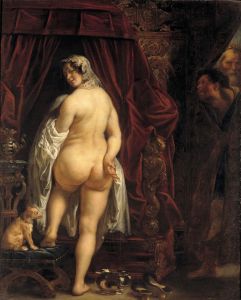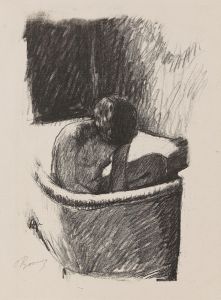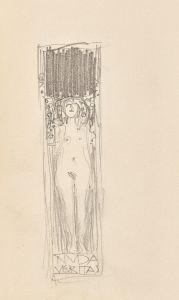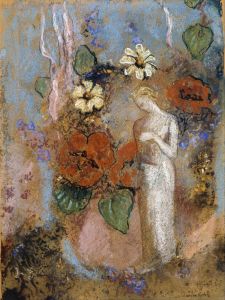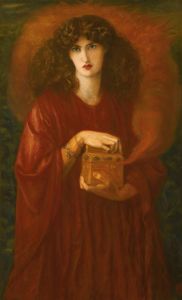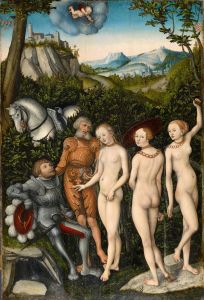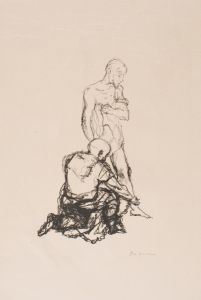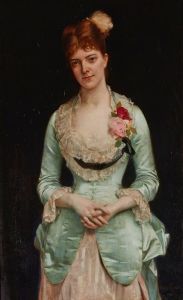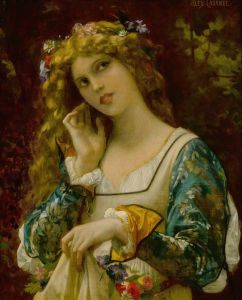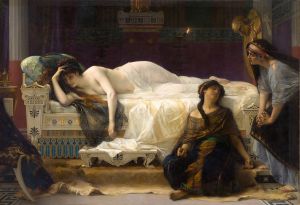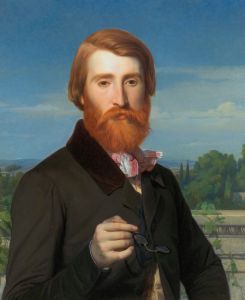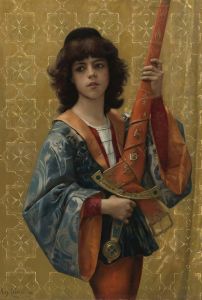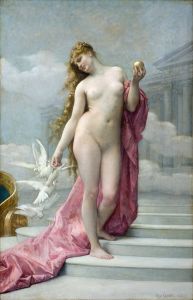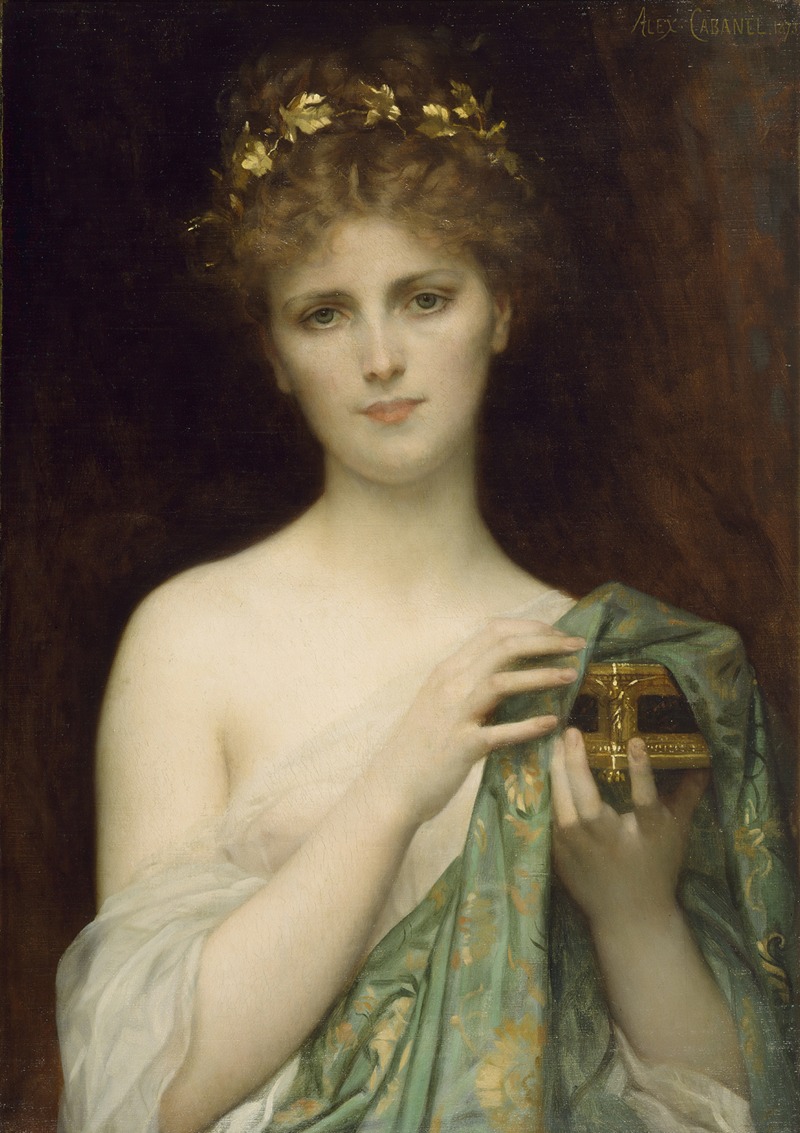
Pandora
A hand-painted replica of Alexandre Cabanel’s masterpiece Pandora, meticulously crafted by professional artists to capture the true essence of the original. Each piece is created with museum-quality canvas and rare mineral pigments, carefully painted by experienced artists with delicate brushstrokes and rich, layered colors to perfectly recreate the texture of the original artwork. Unlike machine-printed reproductions, this hand-painted version brings the painting to life, infused with the artist’s emotions and skill in every stroke. Whether for personal collection or home decoration, it instantly elevates the artistic atmosphere of any space.
Alexandre Cabanel's painting "Pandora" is a notable work by the French academic painter, who was renowned for his classical style and attention to detail. Cabanel, born in 1823, was a leading figure in the academic art movement in France during the 19th century. He was known for his historical, religious, and mythological subjects, often depicted with a refined and polished technique.
"Pandora" was completed in 1873 and is one of Cabanel's many works that draw inspiration from classical mythology. The painting portrays the figure of Pandora, a character from Greek mythology who is often associated with the myth of Pandora's box. According to the myth, Pandora was the first woman on Earth, created by the gods. She was given a box (or jar) and instructed not to open it. However, driven by curiosity, she eventually opened the box, releasing all the evils of humanity into the world, leaving only hope inside once she closed it again.
In Cabanel's depiction, Pandora is presented as a beautiful and ethereal figure, embodying both innocence and the fateful curiosity that leads to the opening of the box. The painting captures the moment of contemplation, with Pandora holding the box, her expression a mix of wonder and apprehension. Cabanel's skillful use of light and shadow, along with his meticulous attention to the details of Pandora's flowing garments and delicate features, exemplifies his mastery of the academic style.
The painting reflects the 19th-century fascination with classical themes and the moral lessons they conveyed. Cabanel's "Pandora" is not just a representation of a mythological story but also an exploration of human nature, curiosity, and the consequences of actions. The work is characterized by its harmonious composition and the idealized beauty of its subject, typical of Cabanel's approach to painting.
"Pandora" was well-received in its time, as Cabanel was a celebrated artist who enjoyed the patronage of Napoleon III and was a professor at the École des Beaux-Arts in Paris. His works were regularly exhibited at the Paris Salon, where he gained considerable acclaim. Cabanel's influence extended beyond his paintings, as he played a significant role in shaping the academic art scene in France, mentoring many young artists who would go on to have successful careers.
Today, Alexandre Cabanel's "Pandora" is appreciated for its artistic merit and its contribution to the rich tapestry of 19th-century academic art. It remains a testament to Cabanel's skill as a painter and his ability to bring mythological subjects to life with elegance and depth. The painting continues to be studied and admired by art historians and enthusiasts alike, reflecting the enduring appeal of classical themes in art.





